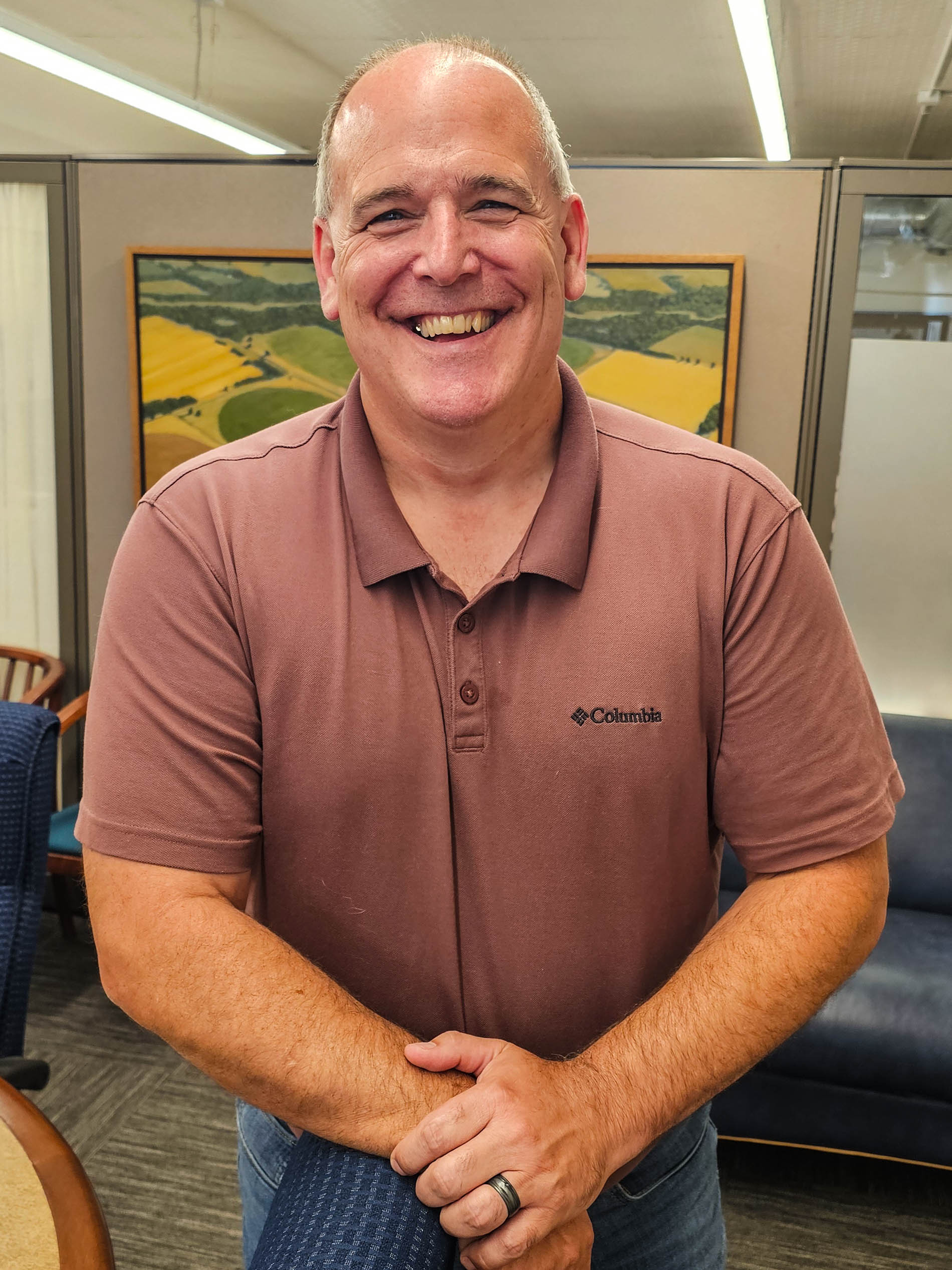“Homeowners are advised not to spend more than 30% of their gross income on housing costs, including principal, interest, taxes and insurance.” – Trent Gerads
Nancy Edmonds Hanson
The numbers are stark. A majority of Clay County families who earn low to moderate incomes – even those with good credit scores of 620 or more – can’t afford to buy a home.
Back in 2022, when the median price was $274,000, a study conducted by the Metropolitan Council of Governments found that guideline meant less than 50% of the county’s residents could afford to buy a home. By May 2024, the median price had risen to $340,000, putting home ownership even farther out of reach for many
But help is on the way. According to executive director Trent Gerads, the Cass Clay Community Land Trust is accepting applications this month for a new program called the Homebuyer Initiated Program. Funded through a grant from the Minnesota Housing Finance Agency, the Land Trust is setting out to help them span the affordability gap.
“Homeowners are advised not to spend more than 30% of their gross income on housing costs, including principal, interest, taxes and insurance,” Gerads recommends. “With Clay County’s numbers, that means an affordable house would be in the range of $175,000 to $225,000. But there just isn’t a lot of housing in that range any more. The HIP program can provide subsidies to buy prices down into that range.” The subsidies, he suggests, may average about $90,000 per qualifying household.
Best of all, from the home buyer’s standpoint: These grants do not have to be repaid. Instead, when the new homeowners eventually sell their house, they will split the amount it has appreciated over the years in which they’ve lived there with the trust – dividing the difference between their purchase price and its eventual sale price. Money received by the trust will be shared with the next home buyer to maintain the stock of affordable housng.
To be eligible, potential buyers’ annual income can be no more than 80% of the county’s median income of $89,400 – in other words, about $71,500 for a family of four. They must be pre-qualified for a conventional mortgage based on their monthly income. Then the Land Trust staff can provide help determine the price range in which they should be looking and even assist in finding a house that meets their needs as well as their budget. The goal is to reach 20% equity in the newly purchased home, avoiding the additional burden of mortgage insurance, which can add a substantial amount to monthly payments.
“We’re starting with a modest number of HIP subsidies this year,” Gerads says. The Land Trust was awarded a totalof $2.65 million to underwrite the gap assistance subsidies over a period of three years. “We want to start slow to test our procedures, then possibly revise them as we go along.”
The Cass Clay Community Land Trust was established in 2020, the executive director explains. The nonprofit’s goal, according to its website: To help working households achieve the dream of homeownership by creating affordable housing opportunities. It provides subsidies to buy down the purchase price of homes for qualified, income-eligible buyers, then provides support and resources through its homeowner education program. “Our goal,” says Gerads, “is to empower homeowners to buy a home and build equity, confidence, and homeowner knowledge to transition into traditional home ownership.”
In its first four years, the trust has built or purchased and rehabilitated 11 new homes – six in Fargo, five in Moorhead – on land it purchased and sold them to income-qualified working families. “These homes are workforce housing,” Gerads observes.The new owners include nurses, teachers, a member of the military, a therapist, a line production worker and others. “Our clients aren’t the homeless or people on public assistance,” he points out. “We’re talking about home buyers who are already in the local workforce, but whose earnings aren’t enough to keep up with rapidly rising housing prices in the Clay County housing market. They’re already our neighbors.”
There are several prohibitions built into the Land Trust’s programs, including the new HIP subsidies. The owners must occupy the house; it cannot be rented. It’s not intended to help those who already qualify for home financing to get a good deal. Instead, the funds are strictly targeted for bridging the gap between the market price of the home that meets the client’s needs and what they can afford to pay each month.
The Land Trust office will be accepting applications for the first round of subsidies through Aug. 31. For more information on qualifying for the program, email a request to hello@cassclayclt.org.



